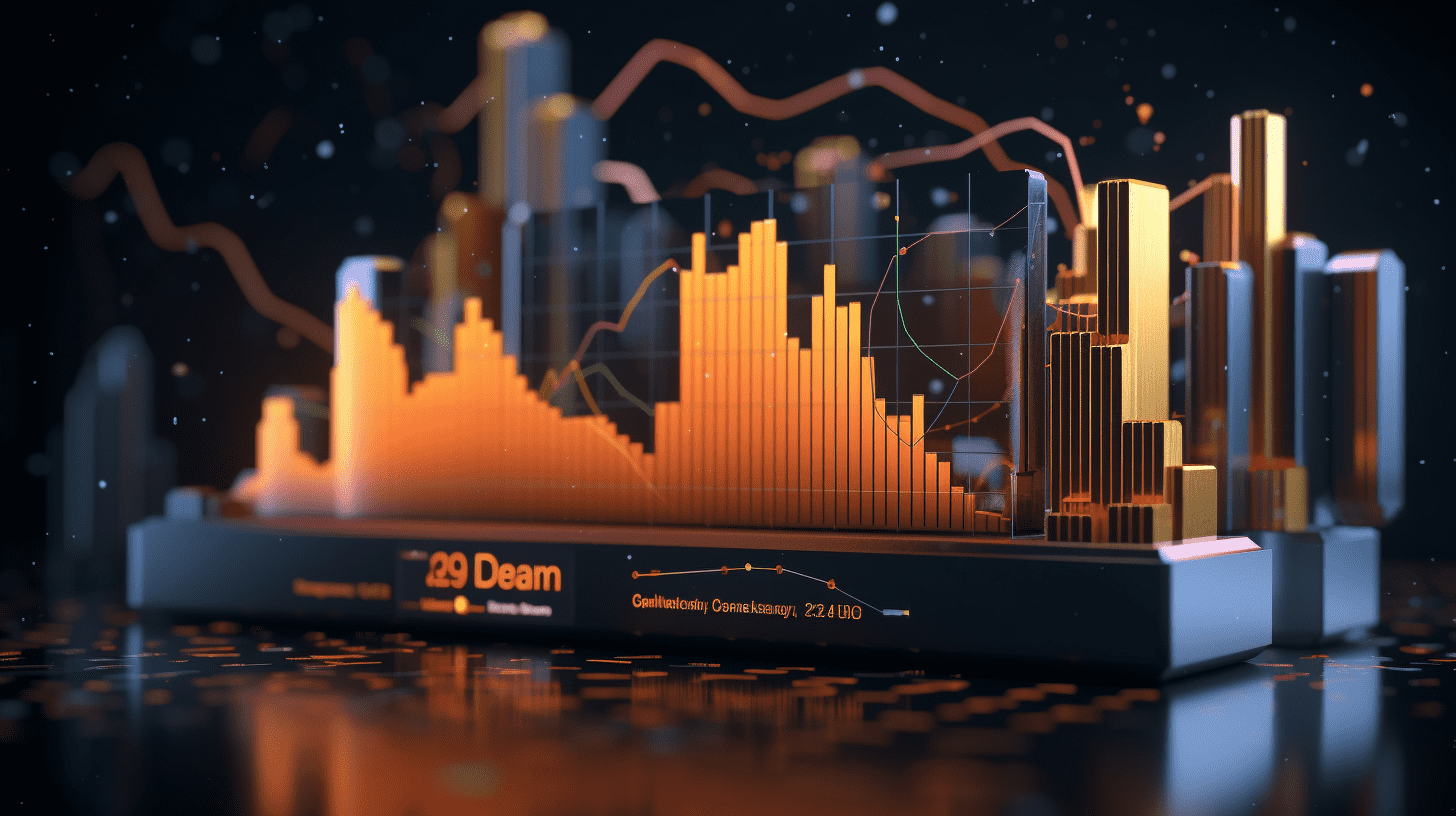
TrendForce: It is expected that by 2025, the market share of QD-OLED in OLED displays will increase to 73%.
According to the latest research by TrendForce, OLED display technology continues to develop, driving the growth of QD-OLED monitor shipments. It is expected that the proportion of OLED displays will increase from 68% in 2024 to 73% in 2025, demonstrating competitiveness in the high-end display market. Due to market demand trends, it is expected that more brands and product lines will adopt QD-OLED technology in the future to improve picture quality and refresh rate to meet the needs of high-end gamers and professional users.
Analyzing the size development trends, with the launch of new 27-inch UHD products and the market attention on the 27-inch QHD 500Hz ultra-high refresh rate display, this size model is more attractive to the e-sports and professional fields, becoming the main drive for the QD-OLED display market. With a richer product lineup and technological upgrades, it is estimated that the penetration rate of QD-OLED in the 27-inch model will increase from 32% in 2024 to 47% in 2025.
QD-OLED displays have delicate picture performance, but still face challenges such as lifespan and cost optimization.
TrendForce stated that the core advantage of QD-OLED technology is the use of blue-light OLED to excite quantum dot materials, converting them into pure red and green light, resulting in higher brightness, color saturation, and color gamut coverage. After the brightness of RGB pixels is enhanced, the display shows more vibrant and delicate images.
However, QD-OLED relies on blue-light excitation of quantum dots, which may shorten lifespan, and there may still be quantum dots emitting light in pure black scenes due to environmental light excitation, affecting visual effects. The latest technology development involves adding a green luminescent layer to improve luminescent efficiency by 30%, further optimizing energy consumption and picture performance. In addition, the introduction of PICO inkjet technology can more accurately deposit quantum dot ink, increasing pixel density to 140PPI on a 32-inch panel, achieving a 4K resolution, which will help increase the penetration rate of QD-OLED in the high-end display market.
According to TrendForce's "OLED Panel Cost Report," emissive materials and QD film account for the highest proportion of QD-OLED costs. However, the new inkjet technology may lead to the residue of expensive ink by 20%, affecting overall cost control. The industry has developed a technology to recycle residual ink, with a recovery rate of up to 80%, which is expected to improve material costs and resource utilization. SDC's QD-OLED production line depreciation is expected to end in 2027, leading to a reduction in production costs and increased product competitiveness, promoting the popularization of QD-OLED displays. At that time, SDC will also adopt a new emissive material solution to solve the burn-in issue of QD-OLED panels, effectively extending the panel lifespan.
Research from TrendForce indicates that the TV market has compressed the space for OLED-related products due to LCD moving towards larger sizes and the cost advantage of Mini LED backlighting. However, OLED is still in the early stages of development in the IT market, with high customer adoption preferences. As QD-OLED and WOLED technologies continue to compete in brightness and other specifications, it will help OLED penetrate into potential emerging applications in other non-IT products, such as industrial control, public information displays, and the recent popular transparent displays, bringing more possibilities for technology expansion.
According to Union Consulting, the global LED plant grow light market is expected to have the opportunity to grow to $20.56 billion by 2029.
Hong Kong Innovation and Technology Bureau: Enhancing efficiency and accelerating the development of the HeSatep Deep Hong Kong Science and Technology Innovation Cooperation Zone, Hong Kong Park Construction
RECOMMEND
©️2013 - 2025 GMT EIGHT Holdings. All Rights Reserved.
Contact: [email protected]


